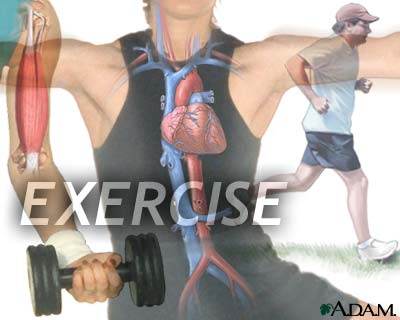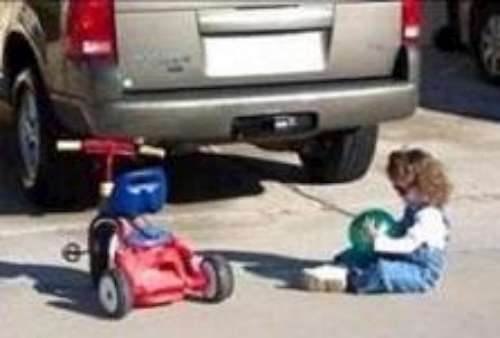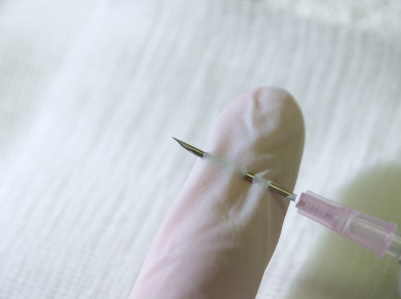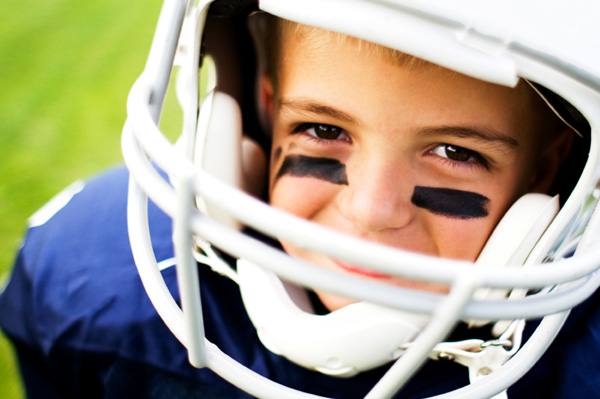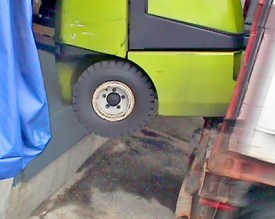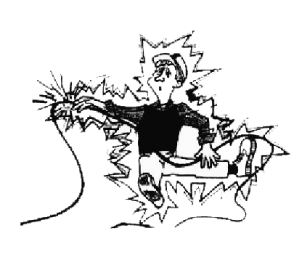- Never use gas to start a fire: Parents who mix gas and fire put themselves – and anyone near them – at risk of injury or death. Kids learn by example.
- Talk to your kids about gasoline: Teenager Austin Bailiff nearly died in a gas fire. Share his video with your child at tulsaworld.com/stopgasfires
- Keep gas out of the reach of children: Out of sight isn’t enough, for any age. Store your gasoline where children cannot access it. Many parents keep gasoline in a locked location.
- Use a proper container: Never use old soda bottles or other makeshift containers to store gas; someone might think it’s a beverage and drink it. And even a small cup of gasoline can emit vapors and may ignite.
- Store gasoline in a well-ventilated area: Such as outside your vehicle and living space. Consider putting it in a detached garage or outdoor storage shed.
- Keep gas away from any source of heat, spark or flame: Even common household appliances like water heaters and clothes dryers can ignite gas vapors.
- Read the warning label on your gas can: A list of safety precautions is imprinted on every approved portable gasoline container. Make sure you read the warnings if you store gasoline at home.
via Gasoline and fire a dangerous combination | Tulsa World.



